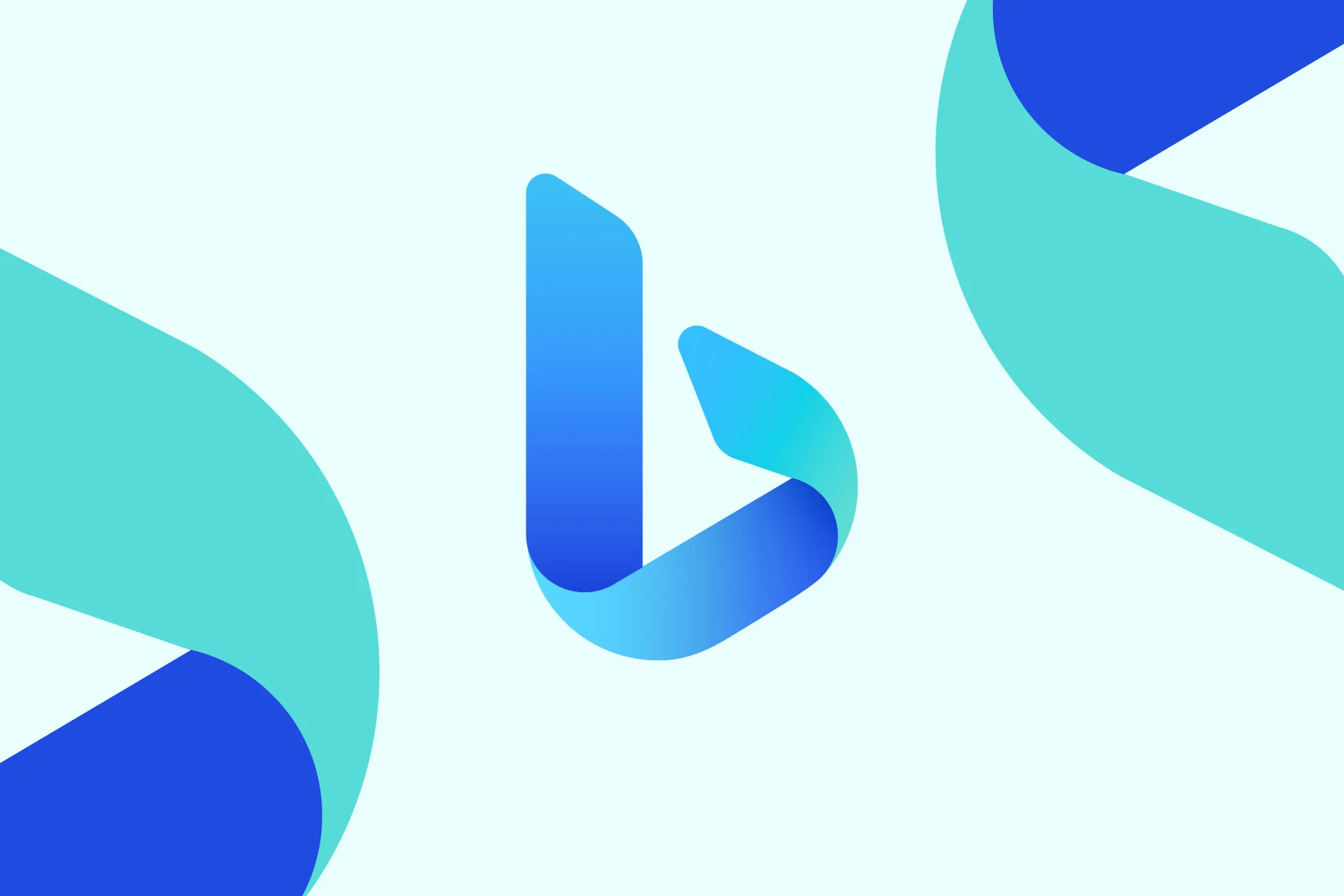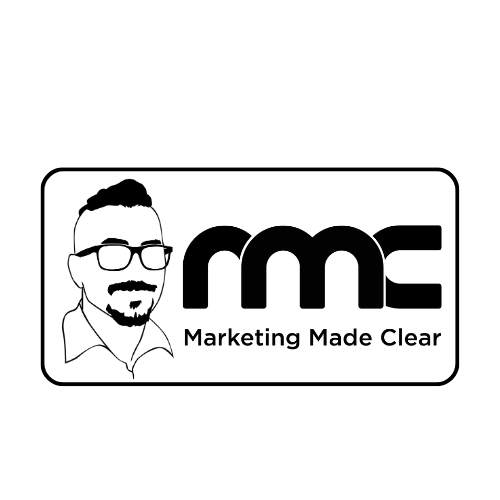Bing Ads
The Hidden Gem Marketers Keep Overlooking
Most marketers talk about Google Ads like it’s the only show in town. And fair enough – it is the market leader. But what if I told you there’s another player quietly delivering high-converting traffic, often at a lower cost, and frequently to an audience Google barely touches?
No, this isn’t a ploy to get you to try some new AI-powered ad platform no one’s heard of. I’m talking about Bing. Yes, Bing Ads (or as Microsoft now calls it, Microsoft Advertising). The platform everyone ignores, except those in the know.
And if you just scoffed?
Even better.
That’s exactly why it works.
The Marketing Made Clear Podcast
Check out the Marketing Made Clear Podcast on all good streaming platforms including Spotify:
Who Uses Bing, Anyway?
Here’s where things get interesting. Bing has a surprisingly loyal user base – not because people flock to it in droves, but because they never left it in the first place.
Let’s talk browsers.
When you buy a new Windows laptop, what’s the default browser? Microsoft Edge.
And what’s the default search engine in Edge? Bing.
And what do most people under 35 use Microsoft Edge for?
But not everyone changes the settings. Many users—particularly older generations or those less tech-savvy—stick with what’s already installed. They’re not downloading Chrome, switching search providers, or fiddling with settings. They’re typing in queries and clicking ads, just like everyone else.
And that’s your opportunity.
Bing’s Audience: Untapped and Often Overlooked
While Google dominates in sheer volume, Bing’s user base tends to skew:
-
Older (45+)
-
More affluent
-
Desktop-heavy
-
Loyal to Microsoft devices (Surface, PCs, etc.)
This means you’re potentially reaching decision-makers, homeowners, and high-income earners—audiences that matter, especially if you’re selling high-ticket items or B2B services.
It’s a market segment that often gets missed in youth-focused campaigns running exclusively on Google, Instagram or TikTok.
Lower Competition = Better ROI
Because Bing Ads isn’t exactly the prom queen of digital advertising, fewer marketers are bidding on it. That has two major perks:
-
Lower CPCs (Cost-per-click) – You’re not in a bidding war with a thousand other brands.
-
Higher ad visibility – Your ads are more likely to appear in top positions, simply because there’s less noise.
You might not get the same traffic volume as Google, but the clicks you do get are often cheaper and more targeted. If you’re running campaigns on a budget or looking for incremental growth, Bing can quietly boost performance without the steep price tag.

Integration with LinkedIn Targeting
Here’s another little-known gem: Microsoft Advertising offers LinkedIn profile targeting. Because Microsoft owns LinkedIn, you can layer your ads with criteria like:
-
Job title
-
Industry
-
Company size
Perfect for B2B marketing, and something Google can’t replicate (yet). If your product is geared toward a particular professional niche, Bing gives you a sharper scalpel to cut through the noise.
But Isn’t Bing Traffic Tiny?
Yes and no.
Globally, Google still holds the crown with over 90% of search market share. But Microsoft Advertising, which covers Bing, Yahoo, AOL, and partner sites, accounts for over 30% of desktop search volume in the US and a decent chunk in the UK. That’s millions of searches per day, many of which are from people with money to spend.
You don’t need all the traffic – you just need the right traffic.
A Useful Bolt-On, Not a Replacement
Let’s be clear: this isn’t about ditching Google. It’s about diversifying your media mix. Like adding a good B-side to your greatest hits album, Bing Ads gives you a chance to squeeze more juice from your paid search strategy.
Especially when the main Google grapevine is getting picked dry.
How to Get Started
If you’re already running Google Ads, Microsoft’s import tool lets you clone your campaigns in a couple of clicks. Tweak the bids, check the targeting, and you’re off.
Just remember:
-
Tailor your messaging slightly for older demographics.
-
Focus on desktop-first UX.
-
Set up conversion tracking properly – don’t assume it’s a copy-paste job.
Test it for a month. Measure the CPC, conversion rate and ROI. Then decide if it’s worth scaling.
TL;DR
-
Bing Ads (via Microsoft Advertising) is underused, underloved—and potentially brilliant.
-
Its audience skews older, wealthier, and less ad-savvy—ideal for high-conversion targeting.
-
Lower CPCs and less competition make it a cost-effective addition to your PPC mix.
-
Bonus features like LinkedIn targeting give B2B marketers a competitive edge.
-
It’s not a replacement for Google, but it is a smart supplement.


